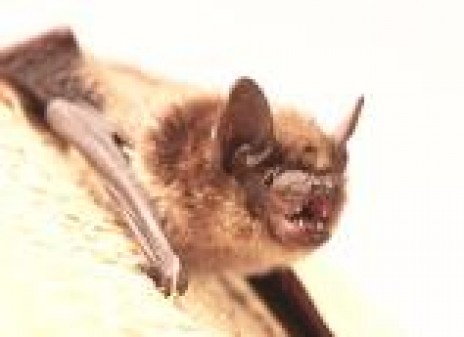BATS
Bats are mammals in the order Chiroptera. Their most distinguishing feature is that their forelimbs are developed as wings, making them the only mammal in the world capable of flight; other mammals, such as flying squirrels and gliding phalangers, can glide for limited distances but are not capable of true sustainable flight. The word Chiroptera can be translated from the Greek words for “hand wing,” as the structure of the open wing is very similar to an outspread human hand, with a membrane (patagium) between the fingers that also stretches between hand and body.
About 70 percent of bats are insectivorous. Most of the remainder feed on fruits and their juices; three bat species eat blood and some prey on vertebrates. These bats include the leaf-nosed bats (Phyllostomidae) of central America and South America, and the related bulldog bats (Noctilionidae) that feed on fish. Some of the smaller bat species are important pollinators of some tropical flowers. Indeed, many tropical plants are now found to be totally dependent on them, not just for pollination, but for spreading their seeds by eating the resulting fruits. This role explains environmental concerns when a bat is introduced in a new setting. Studies also show that bats make all kinds of sounds to communicate with each other. Scientists in the field have listened to bats and have been able to identify some sounds with some behavior bats will make right after the sounds are made. Vectors for pathogens, bats are natural reservoirs or vectors for a large number of zoonotic pathogens including rabies, SARS, Nipah virus, West Nile virus and possibly ebola virus. Their high mobility, broad distribution, social behaviour (communal roosting, fission-fusion social structure) and close evolutionary relationship to humans make bats favourable hosts and disseminators of disease. Many species also appear to have a high tolerance for habouring pathogens and often do not develop disease while infected.
Only 0.5% of bats carry rabies. However, of the very few cases of rabies reported in the United States every year, most are caused by bat bites. Although most bats do not have rabies, those that do may be clumsy, disoriented, and unable to fly, which makes it more likely that they will come into contact with humans. Although one should not have an unreasonable fear of bats, one should avoid handling them or having them in one’s living space, as with any wild animal. If a bat is found in living quarters near a child, mentally handicapped person, intoxicated person, sleeping person, or pet, the person or pet should receive immediate medical attention for rabies. Bats have very small teeth and can bite a sleeping person without necessarily being felt.
If a bat is found in a house and the possibility of exposure cannot be ruled out, the bat should be sequestered and an animal control officer called immediately, so that the bat can be analyzed. This also applies if the bat is found dead. If it is certain that nobody has been exposed to the bat, it should be removed from the house. The best way to do this is to close all the doors and windows to the room except one to the outside. The bat should soon leave.

